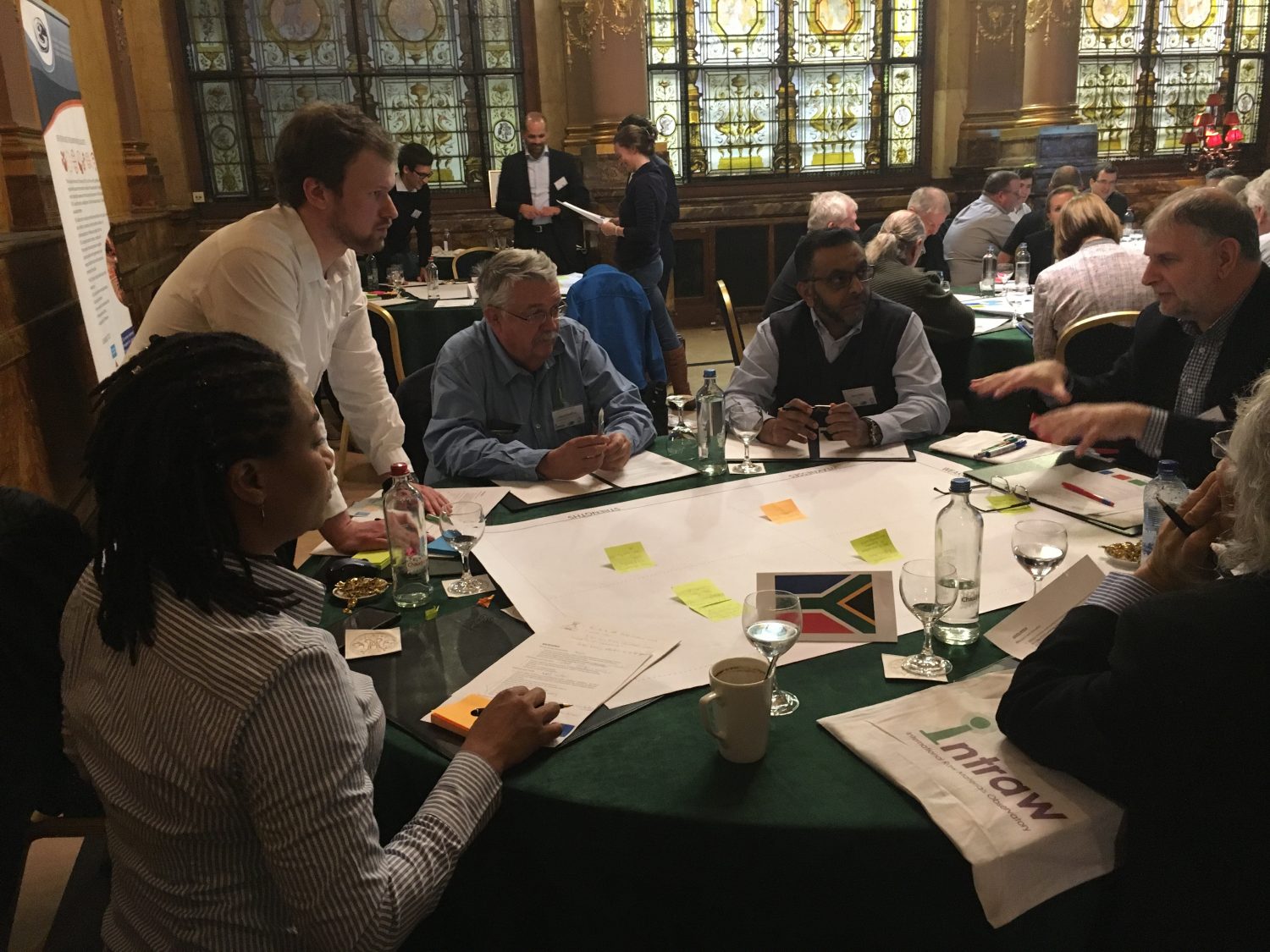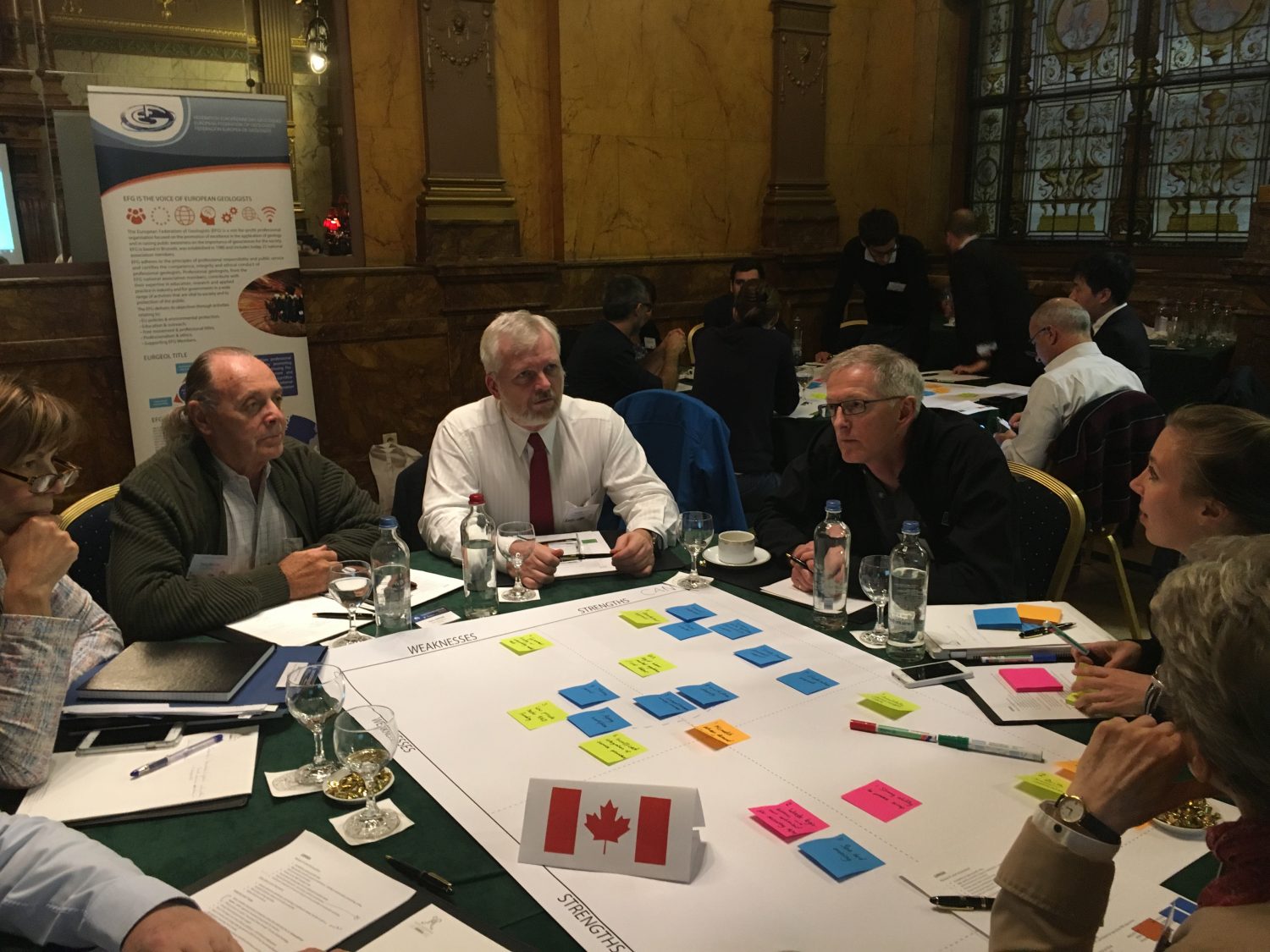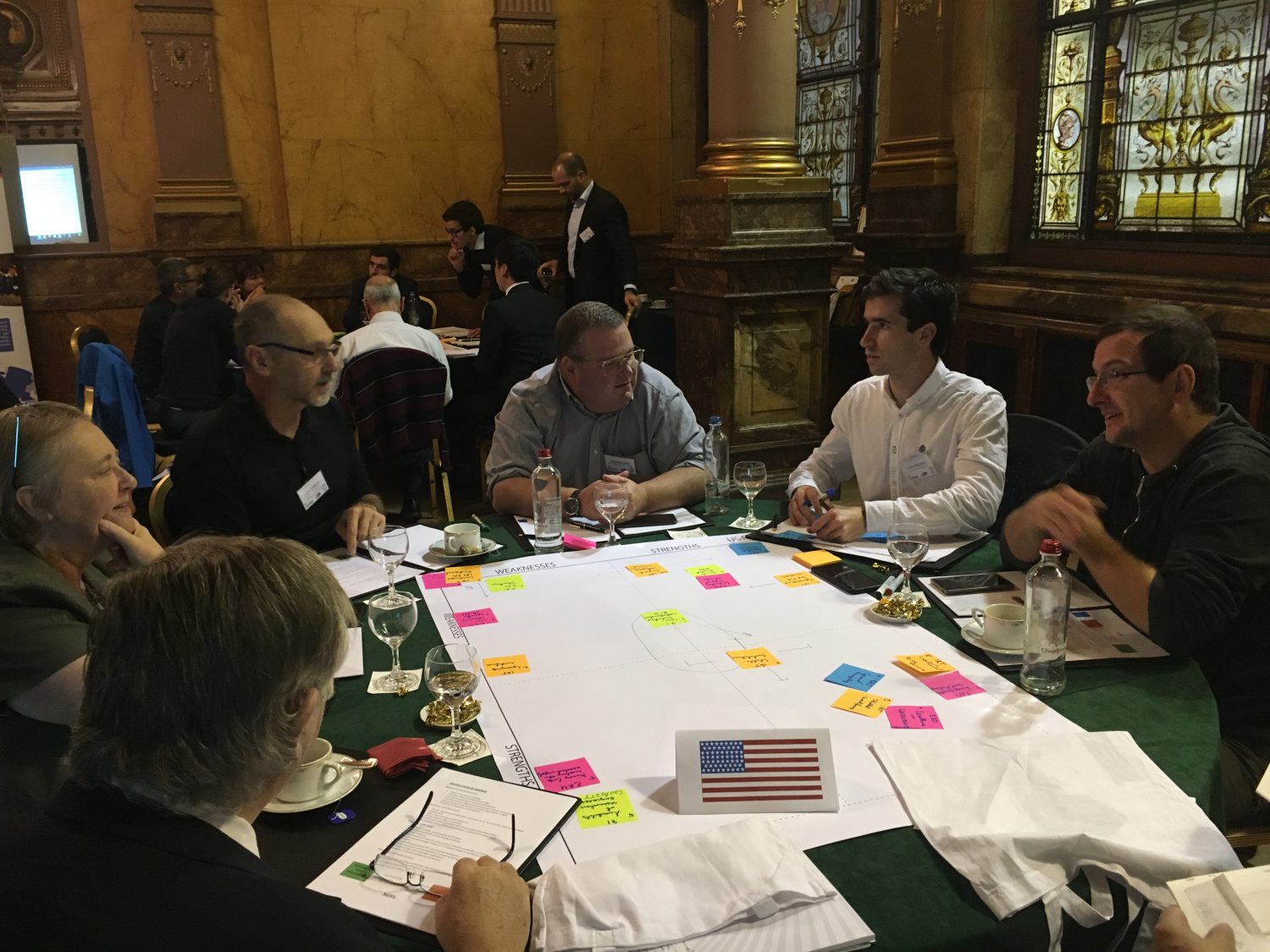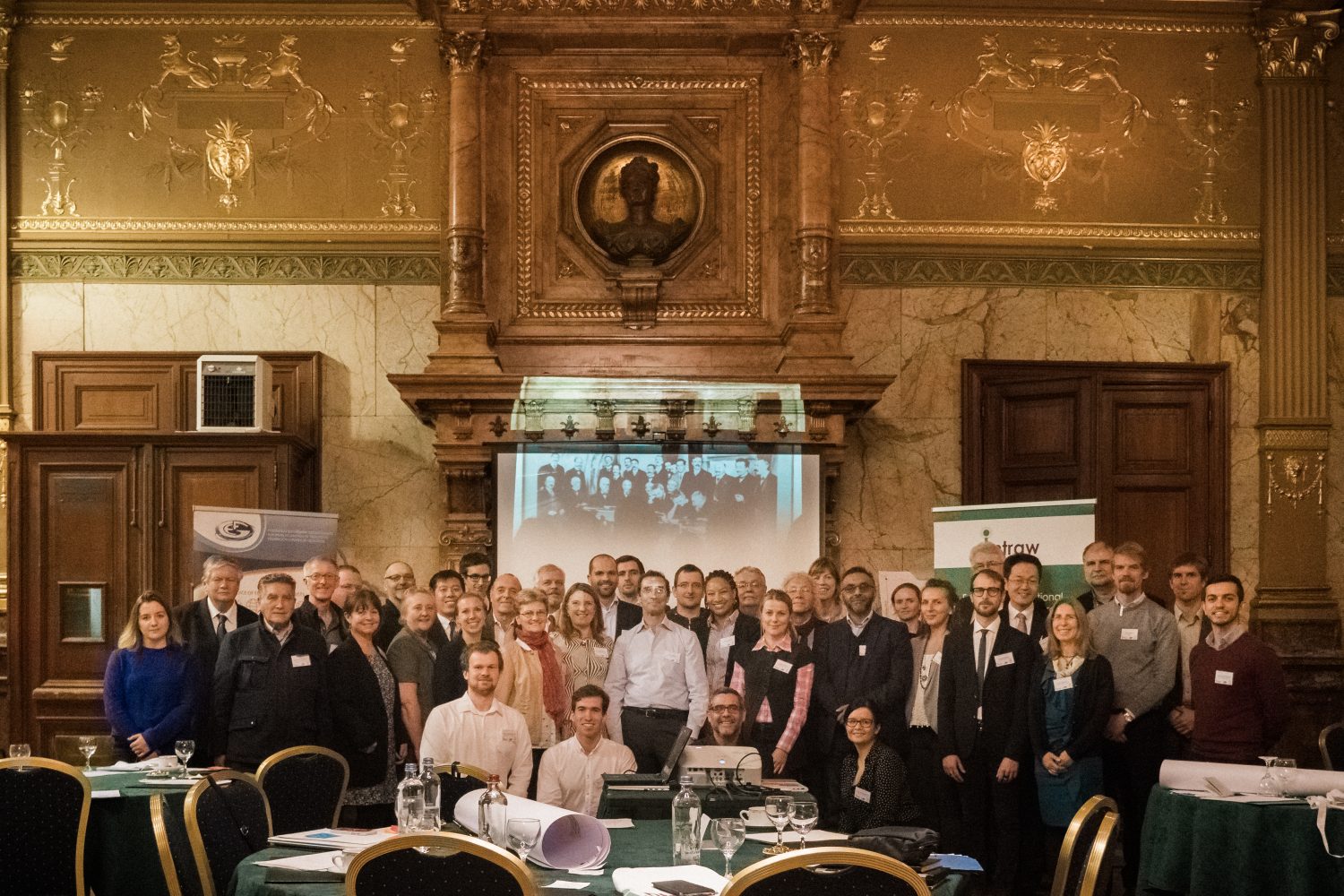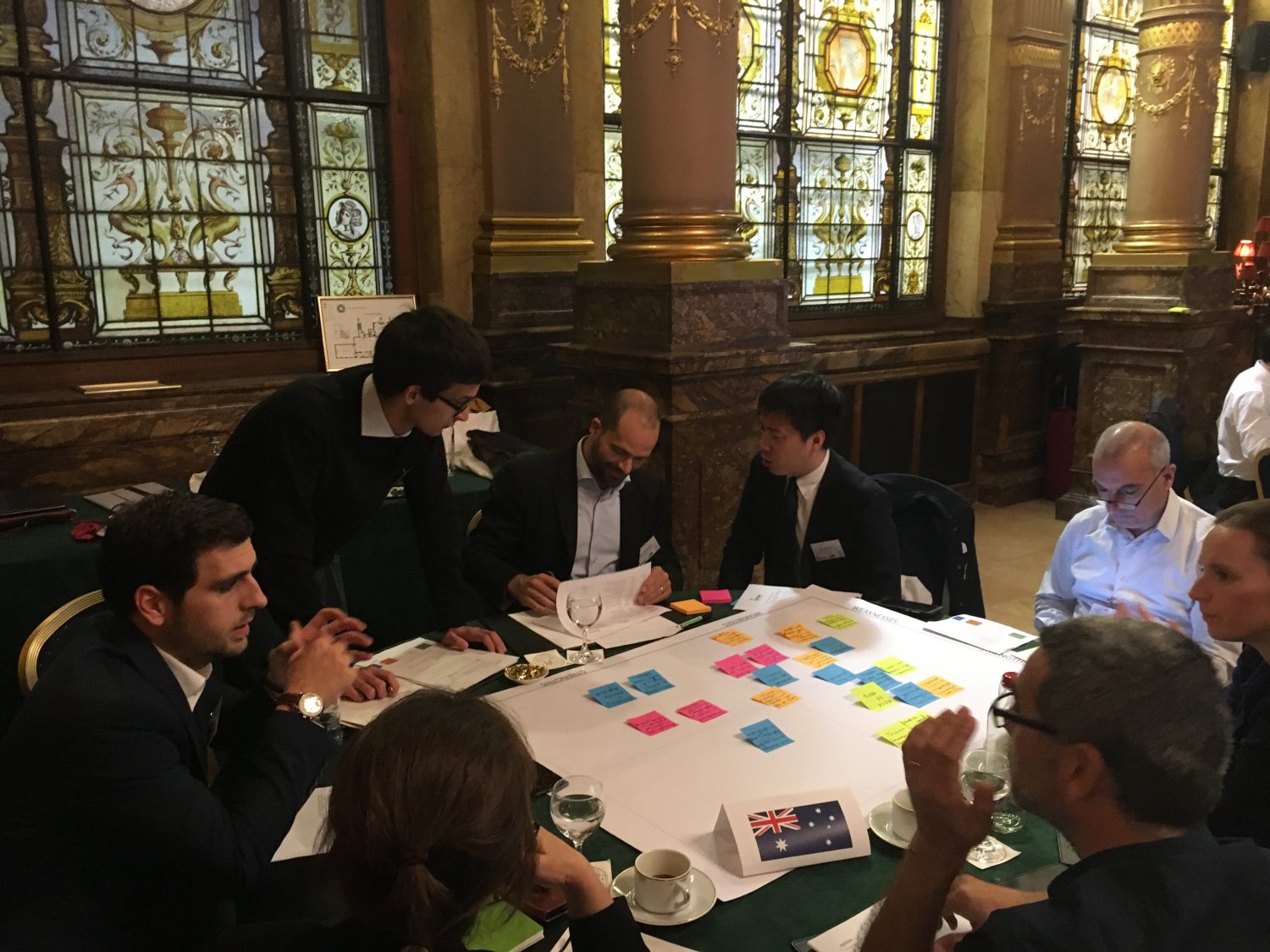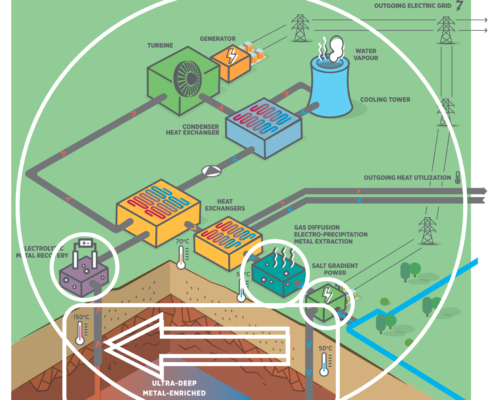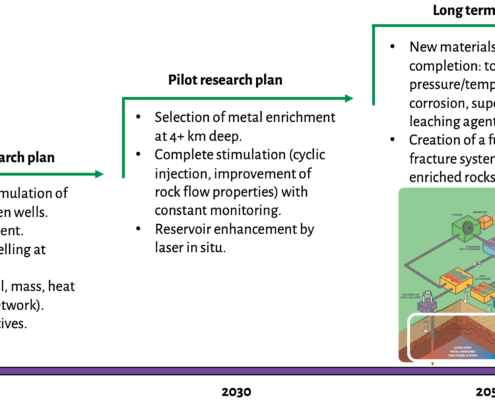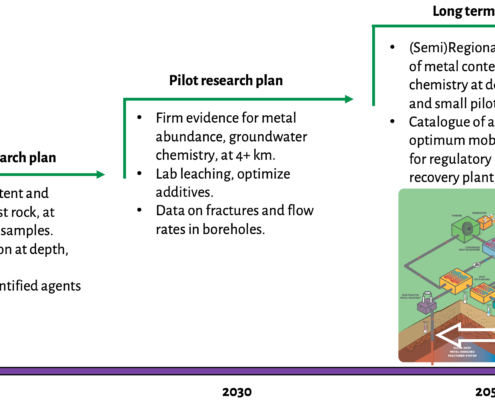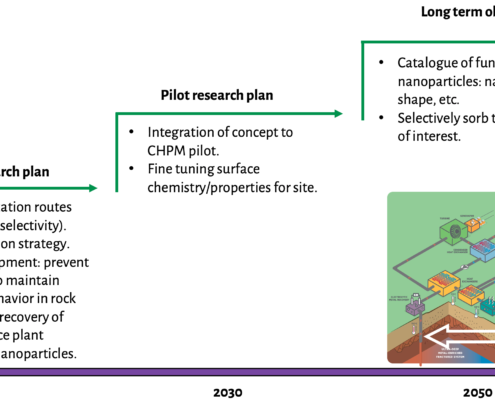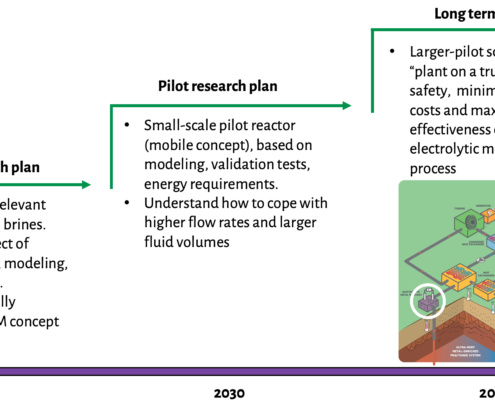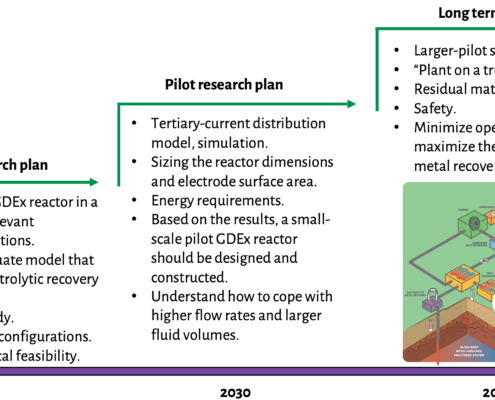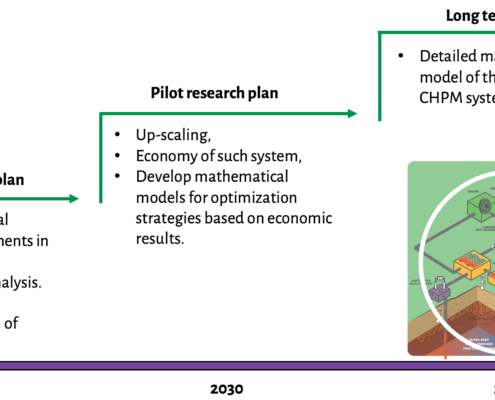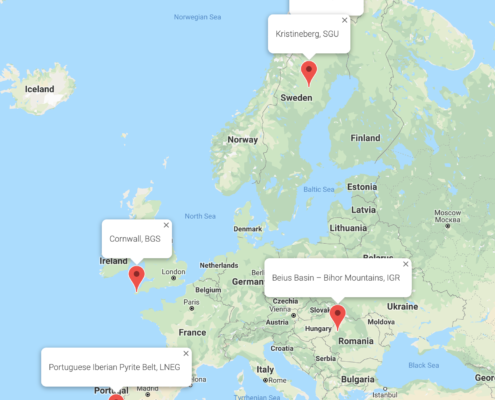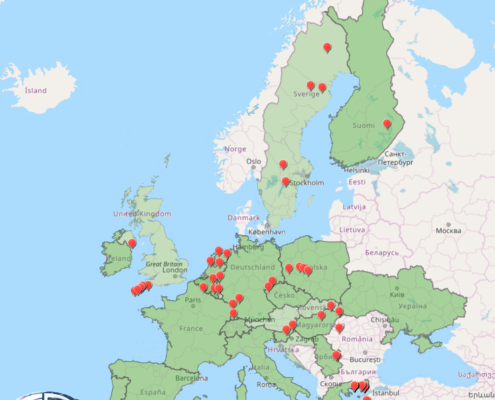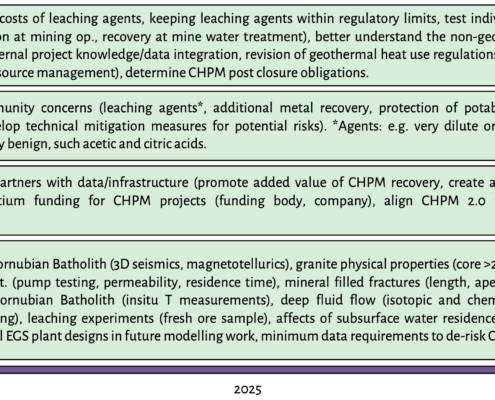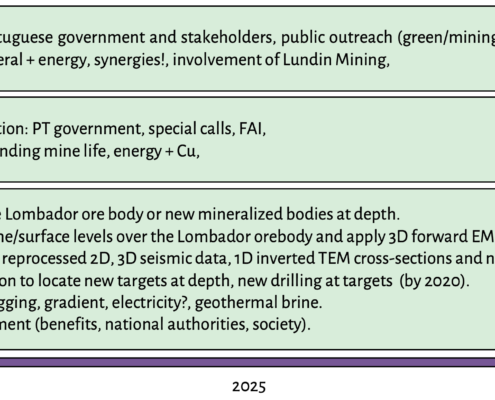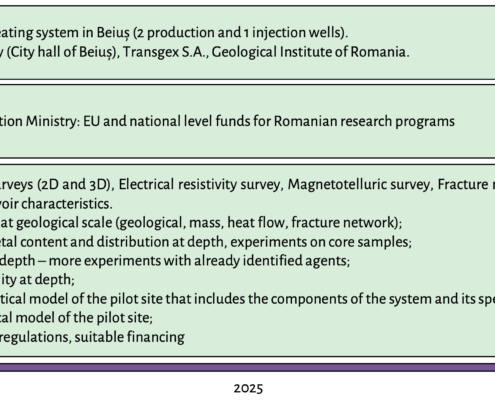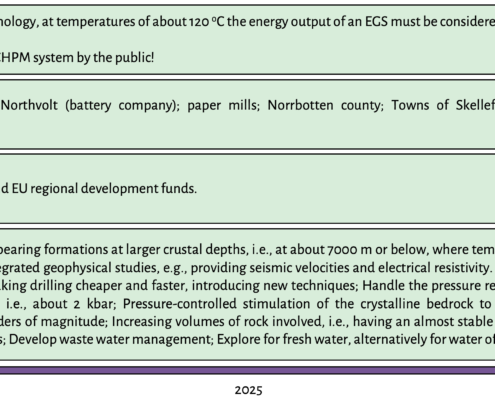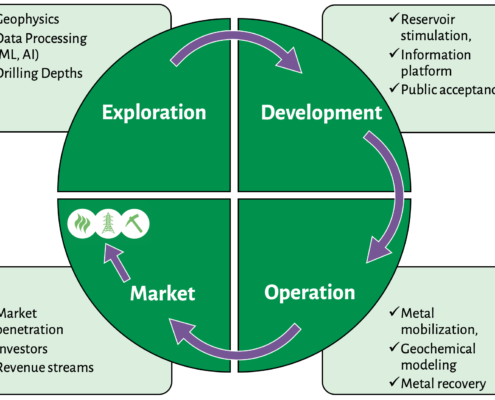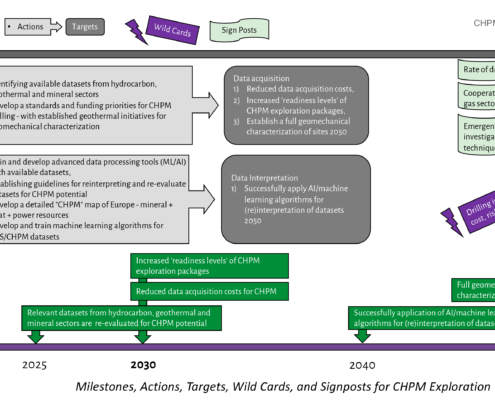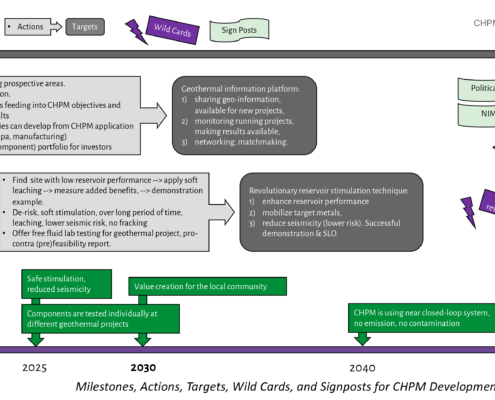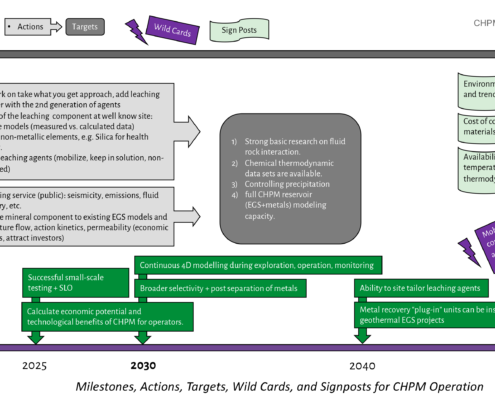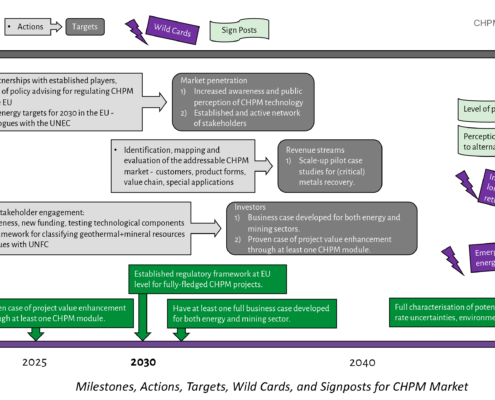Can we predict the future?
We can certainly try, but most of those who attempt to do it have a very poor track record. Thinking in terms of a set of alternative futures is therefore a much more robust approach for generating insights in face of uncertainty, building future vision and mobilising forces to act upon social and technological changes.
Foresight is a participatory, intelligence-gathering and systematic attempt to look into the longer-term future of multiple areas. It is about accepting that the future is to a large extent unpredictable and that we have to think in terms of multiple futures and how we can shape it. Foresight therefore subverts the idea of ‘predicting’ the linear future and focus rather on generating insights and anticipatory capacities.
Mining & Raw Materials
The global raw materials sector is going through unprecedent changes and many are the uncertainties arising from social, technological. political, economic and environmental factors. The capacity to better understand the diversity of drivers of change and relevant trends is of crucial importance for any decision-maker wishing to better envision – and shape – a preferred future and/or explore multiple plausible futures.
La Palma Research Centre has developed a unique capacity of foresight for technology development and strategic decision-making in the mineral raw materials sector. Combining our futures research capacities with wide expertise in geosciences, LPRC applies foresight techniques in many areas. Check our raw materials foresight infograph below:
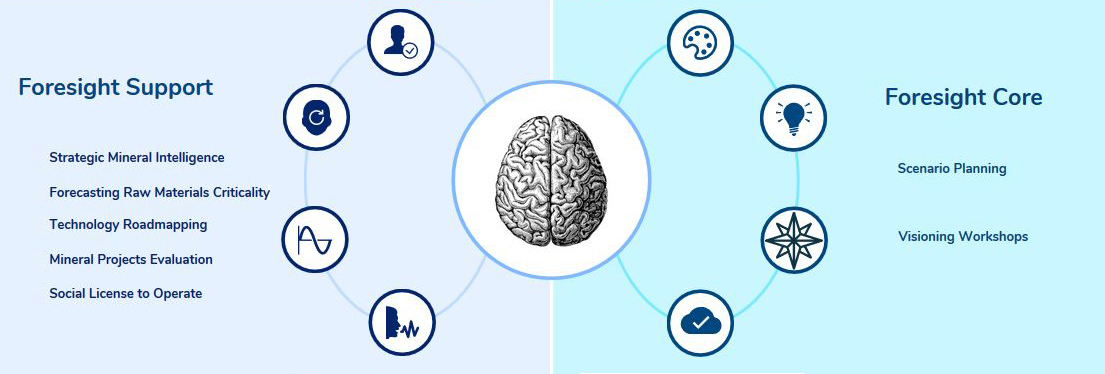
Application of foresight methods in the research of a disruptive geothermal technology (CHPM)
LPRC’s Foresight Unit has been also working on a potentially disruptive geothermal technology for Combined Heat Power and Metal extraction, researched by the CHPM2030 project (Horizon 2020). The technology contributes to the sustainability transition, providing geothermal power and heat, and mineral raw materials in a single technology line. The CHPM technology is at low-TRL and needs forward-looking efforts. These are undertaken by the LPRC team on three interlinked areas: 1) mapping convergent technology areas, 2) studying pilot areas and 3) developing research roadmaps.
The first theme implements foresights tools: Horizon Scanning, Delphi survey, and Visioning processes. Horizon Scanning (HS) provided the present technological baseline, with an expert workshop on mapping key interest areas and gap analysis. The results has been evaluated and formulated into 12 Delphi statements covering various aspects of the technology. 133 experts completed the survey from both geothermal and mineral communities. The survey provided insight about important, but uncertain areas in the future, while mapping convergent technology areas and emerging issues. The results have been processed by LPRC and used to define discussion topics and issues for the upcoming foresight activities.
The following step was to create the Vision with the help of an Expert workshop.
The one day workshop included an introduction with presentations, two group sessions and a plenary. The group sessions focused on setting up targets related to already identified aspects of the technology (exploration, development, operation, market). The participants pick up on the HS and Delphi results and formulated Specific, Measurable, Attainable, Realistic and Time-based targets that need to be achieved in order to enable the technology implementation at TRL6-7 by 2030, and TRL8-9 by 2050. The sum of the targets is the Vision that describe what is the desired destination in the future for CHPM technology.
The second theme is the investigation of 4 pilot areas with addition of en EU outlook, where the technology may be developed by 2030 at a pilot scale. The study areas are in Romania – Beius basin (regional batholith, mineralised skarn contact with Triassic limestone), Portugal – Iberian Pyrite Belt (massive sulphide ore-bearing volcanic and sedimentary complex), Sweden – western Skelleftea and Nautanen mining districts (IOCG deposit, mineralisations), UK – Cornwall (ongoing HDR research and significant metal endowment).
The two roadmaps (2030, short term for support of early application, 205,0 long term for support of breakthrough research) describe how to get to the desired destination (Vision), through emerging issues (Delphi) from the technology baseline of today (HS).
The Roadmapping workshop was building on the results of the Visioning workshop with the involvement of the Consortium partners and external Experts. The main task of the group work was the validation of previously identified targets (vision) and the backcasting exercise itself (actions). After the workshop, LPRC` team processed the results, and presented the findings in D6.3 about the recommendations on targets, actions, signposts, wildcards linked to exploration, development, operation, and market, including a visualisation for each theme.
Visualising the CHPM roadmapping approach
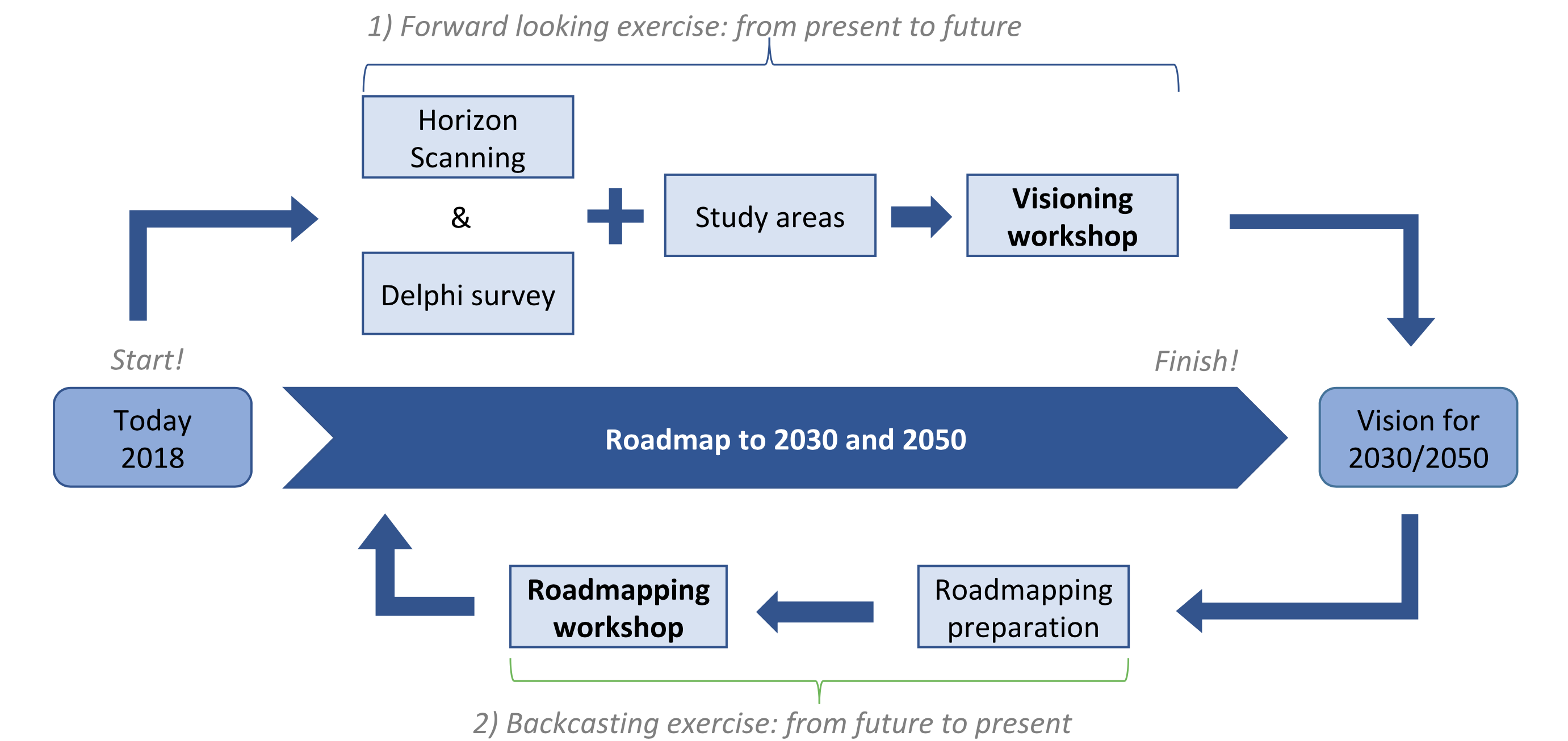
The Horizon Scanning exercise was undertaken in order to identify relevant factors, drivers of change, trends and issues, and ultimately to define important but uncertain areas that may shape the future of CHPM technology. It included mapping key interest areas, gap analysis, statement formulation.
The two-round Delphi survey provided a glimpse into the future of important but uncertain issues related to CHPM Technology, including: drilling risk, reservoir stimulation, metal mobilisation, geochemical processes, geochemical processes, corrosion, geophysics, AI and ML, investors, drilling depth, SLO, revenue streams, market penetration.
Romania: Beius basin (regional batholith, mineralised skarn contact with Triassic limestone), Portugal: Iberian Pyrite Belt (massive sulphide ore-bearing volcanic and sedimentary complex), Sweden: western Skelleftea and Nautanen mining districts (IOCG deposit, mineralisations), UK: Cornwall (ongoing HDR research and significant metal endowment).
Vision: Where to go? → tangible targets to be achieved in order to reach TRL6-7/TRL8-9. Forward thinking process: starting from baseline today towards the desired future.
A shared vision, clear picture, description about where we would like to be by 2030/2050 and set tangible/measurable targets.
Roadmap: How to get there? → actions to reach the targets (back casting)
Creating a strategic plan, how to arrive to the desired vision. Back casting process: starting from the desired future, and investigate what are the steps to be taken to arrive to that future. Critical milestones.
The roadmaps (2030 for early application, 2050 for breakthrough research) describe how to get to the desired future destination (Vision), through emerging issues (Delphi), at the Study areas and elsewhere, from the technology baseline of today (HS).
The result of the CHPM foresight process translates into three future-oriented activities related to 2030 and 2050 time horizons, building different layers of the CHPM roadmap: 1) CHPM component roadmap, 2) Preparation for future Pilots and 3) Overall concept of CHPM. The objective of Task 6.3 is to provide a timeline and direct support for the implementation of CHPM and support breakthrough research. Each layer provided recommendations about how to advance the area and support future pilot implementation.
- The CHPM component roadmap provides a direct follow-up of the current technological components, by describing the state-of-the-art (2019: current state of the component, achievements, results during the project, referenced to the relevant deliverable), immediate research plan (2025: next actions, targets to continue the research on the technological component after the project), pilot research plan (2030: requirements of the component before integrating it into a CHPM pilot application), and long term objectives (2050: requirements of the component before integrating it into a CHPM commercial application).
- The Preparation for future pilots study investigated the pathway to pilot implementation by 2030, by providing a detailed area description and future recommendations. The recommendations covered 1) future exploration plans for the technological components, 2) funding opportunities and 3) Stakeholder engagement.
- Overall concept of the CHPM study investigated the feasibility of combining geothermal energy with mineral extraction with the use of the previously introduced foresight tools. The emerging issues were split into four main themes (CHPM exploration, development, operation, market). These topics and their subtopics were delivered and refined through the foresight exercises in WP6.

